Do you ever get worried about sales rejection? In truth, all the fear and discomfort we feel around sales rejection can be traced back to when we were just little kids.
Remember when you were 7 years old and you worked up the courage to tell your first crush you liked them? Maybe their response wasn’t what you had hoped…
Formative experiences like these build up over the years and cause us to feel a strong fear of rejection in all aspects of life. This goes back to the archaic days of humanity, when people being rejected by another tribe meant all-out war.
But nowadays, rejection is all in our heads. And in order to succeed in sales, you must overcome it.
In this video, I’m going to show you exactly how to overcome sales rejection. Check it out:

1. They’re never rejecting you.
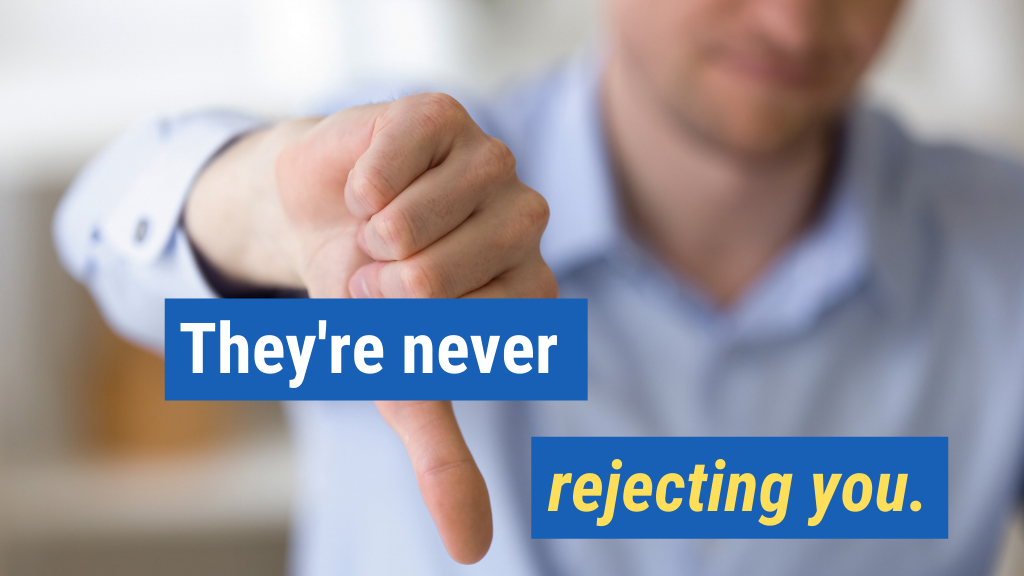
When prospects say no, push back really hard, or even hang up on you, they’re not doing it to you, the individual. They’re doing it to the role that you’re playing, the company that you represent, or the product or service that you sell.
If you want to know how to overcome sales rejection, this is the first idea you must master: They’re never rejecting you. So when a prospect blows you off, just remember that it has nothing to do with you as a person, and it has everything to do with what’s going on in their world right now—or, maybe, the strategy and tactics you’re using to try to engage them in conversation.
When you recognize that you’re never the actual target of prospects’ rejection, it takes the pressure off. It enables you to stop taking it personally if someone hangs up the phone, ends a Zoom call, or just gives you a hard no.
2. Jump into the mud.
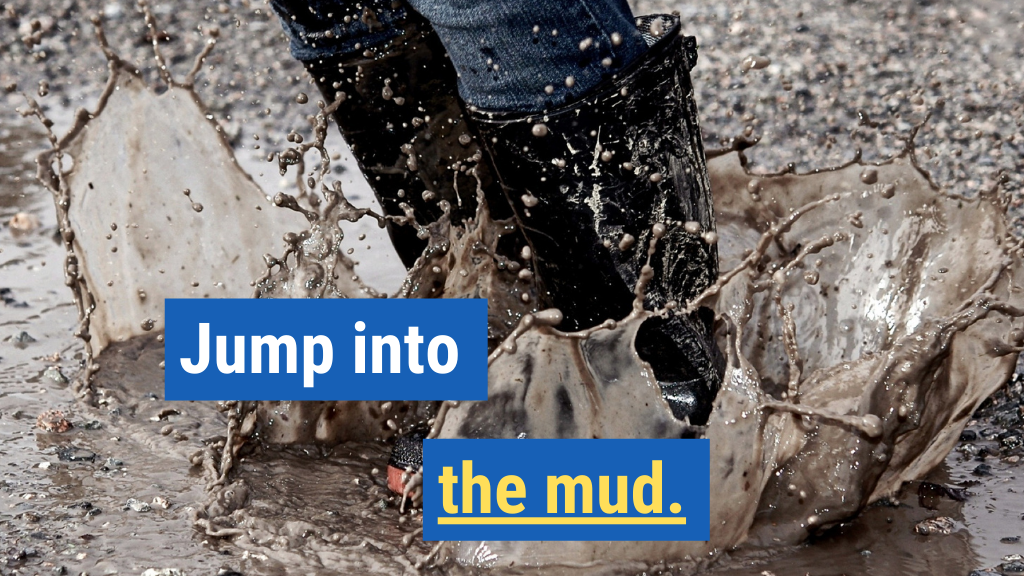
When it comes to learning how to overcome sales rejection, there’s no easy way out. You just have to jump in the mud and get going.
When I was playing Pop Warner football as a 12-year-old kid outside of Boston in November and it was pouring rain and freezing cold, no one wanted to start practicing. No one wanted to play because it was so cold and wet. But the coach would say, “Everyone just go run, slide, and jump in the mud.” Once we did that, we’d warm up and suddenly think, “Hey, this isn’t that bad.” Then we’d start practicing and have a great time. The same concept is true for overcoming sales rejection.
Just like a cold rainy day in November, sales rejection is uncomfortable. No one likes it. So it makes sense that we’re often holding back from selling because we’re simply afraid of getting that initial rejection. It can be hard to pick up the phone to make that first dial in the face of looming rejection. But you just have to do it. Jump in the mud, get going, and give it your all.
If you’ve got some prospecting calls to make, take that first hit and run with it. It’s not that bad. Even if they hang up on you, that’s okay. It’s never as bad as we think it’s going to be.
3. Know your process.
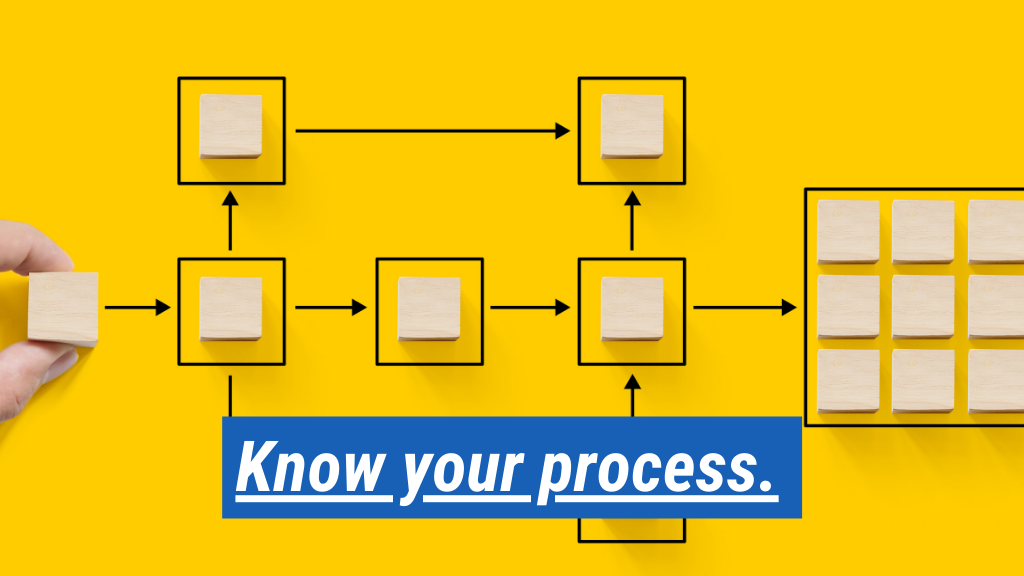
Having a sales process is key to mastering how to overcome sales rejection. If we have a process that we trust, then we can start to troubleshoot where the sale might have gone wrong when we inevitably do face sales rejection.
Unfortunately, most salespeople are just winging it. When they’re making it up as they go along and they have no process, the only thing they can blame when they get sales rejection is themselves. They start to think, “You know what, I’m not good at this.” That’s a crushing mindset, and as a result, they don’t last long in the field of sales.
But if you know your process, and you feel confident about what you need to do at every step in the sale—what questions to ask, how to start the conversation, etc.—then you can take yourself out of the equation when you face sales rejection. You can instead look at your process and dissect exactly what you could have done better, and how to tweak your process to do better in the future.
4. They can’t hurt you.

This is such an important concept when it comes to overcoming sales rejection. Prospects cannot—and will not—hurt you. I’ve been in sales for over 20 years. I’ve worked with thousands of sales reps. And I’ve never heard a single story, ever, about a salesperson being physically injured in the process of making a sale. (Now, maybe they got in a car accident along the way to a sale. Sure, that’s actually dangerous; driving your car is the most dangerous thing you can do with respect to a sale. But the actual sales call or sales meeting itself is not dangerous. If you’re making prospecting calls, that’s not dangerous either.)
Prospects can’t hurt you. They’re not going to attack you. In fact, they’re not going to do anything to you. The worst thing they can do is be a little snippy and cranky. Just move on if it doesn’t go well. Learn from it and be better next time.
5. Be prepared with contingencies.

When it comes to learning exactly how to overcome sales rejection, contingencies are absolutely key. Contingencies are something I talk about all the time in regards to making prospecting calls. But they’re also integral for any type of selling situation, and I’ll explain why.
People are pretty predictable, and prospects are just people, after all. Prospects behave pretty predictably in selling situations, especially when it comes to rejecting the sale. There are typically a couple of things that prospects do when they start to push back and things go off the rails. The more you’re prepared for those situations with potential contingencies to get the train back on the track and moving forward, the better off you’ll be.
Be prepared with contingencies. When a prospect gets on the phone with you and they say, “You know what, actually, this isn’t a good time,” what are you going to say? What are you going to do? Be prepared, write it out, script it out, have it ready to go. The more you’re prepared with contingencies for all the predictable things your prospects tend to say when they push back, the better off you’ll be. In my selling community, every single aspect of selling is scripted out and there are contingencies everywhere along the way. That’s what keeps the sale moving forward.
So there you have it. Now you know exactly how to overcome sales rejection. Which of these 5 simple rules did you find most useful for eradicating your fear of rejection in sales? Be sure to share below in the comment section to get involved in the conversation.
More Ways to Overcome Sales Rejection…
Let’s face it—most salespeople today are living in a constant state of fear around rejection.
Whether they admit it or not, the majority of salespeople are constantly worried that they’re going to inadvertently do something to turn prospects off or even make them angry.
As a result, many salespeople are paralyzed by fear of rejection in sales. In reality, though, there’s actually very little to be afraid of.
Remember, your prospects can’t actually hurt you. Your fear is all in your head.
The very worst they can do is simply walk away and leave you to focus on better, more qualified leads. That’s not so scary, is it?
In this video, I’m going to show you 5 ways to never fear rejection in sales ever again. Check it out:
Bonus Tip #1: They can’t physically hurt you.

The most important thing to remember when it comes to fearing sales rejection is that your prospects can’t actually hurt you physically. They can’t hit you. They can’t attack you. Most of the time, they’re just a voice on the phone (or words in an email, or a face on a video call). And even if you’re face-to-face with prospects, they aren’t going to physically hurt you because they don’t like what you have to say.
So why do so many salespeople have such intense fear of making their prospects angry or upset?
While it’s natural to genuinely feel stress around the idea of having someone dislike you, there’s never any risk of physical harm when selling. You’re not in a football or rugby game where you can actually get physically hurt if you do something wrong.
In the game of sales, the risk is only that you’ll make a prospect a little cranky, and they’ll hang up on you. Maybe they’ll tell you that they’re annoyed before they do so. But otherwise, the risks are very, very low.
Always keep in mind that your prospects can’t actually hurt you. They only have as much power to hurt you as you give them in your head. Every time you pick up the phone, make that video call, or knock on that door to start a new sales conversation, remember: They can’t physically hurt you.
Bonus Tip #2: Understand the evolutionary meaning of rejection.
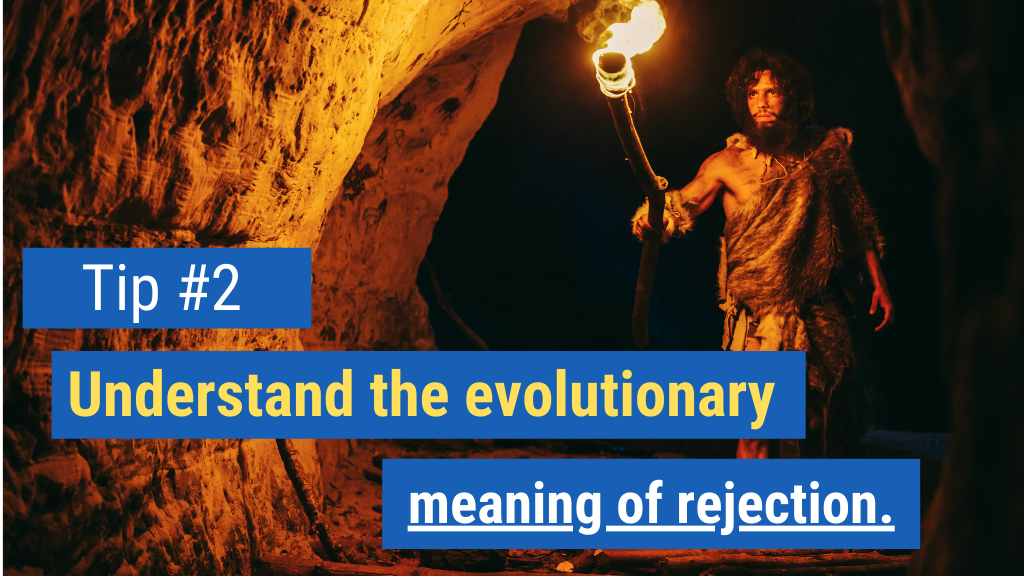
Thousands of years ago, when humans were living as tribes in caves, if you left your tribe and approached a new one, it usually didn’t go well. You would probably die.
Strangers were most likely going to kill you on sight…because that’s how tribalism worked, and how tribes protected themselves and stayed alive. Once you stepped into an unknown tribe’s territory, you were an automatic enemy and the interaction was going to end in rejection—the permanent kind.
As a result, we humans still have deep-rooted evolutionary programming that causes us to do everything in our power to avoid rejection today.
Thousands of years ago, rejection meant death. But now, in today’s world, the consequences of rejection don’t align with our evolutionary fear. In other words, even though being rejected by a stranger no longer puts us in mortal peril, our evolutionary programming hasn’t changed to catch up to the realities of modern-day humanity.
And so, we live in fear of crossing lines, upsetting others, and saying the wrong thing. Our fear is intense, because it’s rooted in our evolutionary imperative to survive. But sales is not a fight to the death. We’re no longer in fear for our lives when we make someone feel cranky.
It’s critical that you understand this evolutionary meaning of rejection, so you can keep your fear of sales rejections in perspective when you start to worry constantly about ticking off your prospects. No one is going to kill you for trespassing if you make an unsolicited phone call. All they can possibly do is hang up on you and make you feel a little embarrassed. So what?
Bonus Tip #3: Know the math on “no’s” in sales.
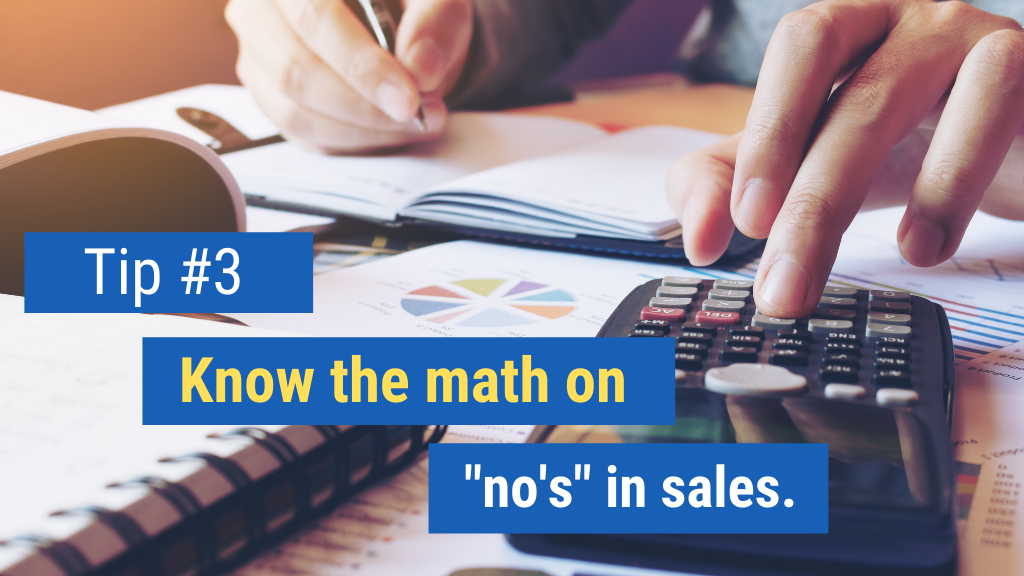
When overcoming rejection in sales, it’s key that you actually know the math on the “no’s” that you’re likely to receive when selling. Let’s say you’re making cold dials to prospects. A strong cold dialer has a ratio of somewhere between 100–150 dials to one closed appointment. That’s a lot of unsuccessful dials. That’s a lot of “no’s” to get to one “yes”—and that’s perfectly normal.
Once you know your ratio of dials to closed appointments, every time you hear a “no” you know just how much closer you are to eventually hearing a “yes.” While it can be unpleasant to get so much rejection on the road to your eventual reward of a closed appointment and next opportunity, knowing the math is what keeps you going and enables you to map out your success with a real process for selling.
If you’re using the right script, the right approach, and the right sales skills, then hearing “no” is just a part of your selling system. It’s no big deal.
And by the way, most “no’s” sound like: “This isn’t a good time” or “Can you try back later?” Prospects are usually nice about how they go about “rejecting” salespeople. So it doesn’t always have to feel that unpleasant in the moment either.
If your fear of sales rejection is more based around hearing “no” after having taken the prospect through your sales process, then you should know the math around those “no’s” too. Let’s say that you figure out that you end up closing 25% of all the discovery calls you complete with a prospect. Now you know that when you hear a “no” at the end of a discovery call, you’re that much closer to hearing a “yes.”
Simply knowing this math can work wonders at calming your nerves and helping you see the bigger picture when dealing with the inevitable rejection that comes with strong selling systems. Remember that hearing “no” is all just part of the successful process. And as a result, you can stop being afraid of rejection in sales—and even learn to embrace it.
Bonus Tip #4: Know your “why.”

Why do you sell? Understanding why you’re a salesperson in the first place is crucial to ending your fear of rejection in sales. You could be working in a million other industries or job categories besides sales. You could be in operations, finance, or customer service, but you’re not. You’re in sales. And sales can be tough sometimes.
That’s why understanding your “why” is so important. Chances are that you’re in sales because it’s a path for you to make a lot more money than you could in other jobs.
Consider the typical difference between a customer service rep and a salesperson. Customer service reps make half to a quarter of what a top-performing salesperson makes. While this might seem like reason enough to go into sales rather than customer service, it has to be about more than just the dollar figure. Why are you actually in sales as opposed to customer service? What’s driving you to be here right now, today?
Again, the answer to these questions is rarely about the dollar amount, but rather about where that money is going to go and why. Is it for your family? Is it so you can achieve some kind of status? Is it for your own career development? Education? Sending your kids to college? What actually drives you to pick up the phone every single day and make dials to sell? That’s your “why” and you should be crystal-clear about what it is.
Knowing your “why” is imperative because sales can be frustrating. There are days where things just don’t go the way you want. Understanding why you’re doing it is one of the most foundational pillars of seeing rejections as learning opportunities. If you know why you’re there, and why you need to succeed, your fear will have less power and your drive will keep you going through adversity. Know you “why”—and remember that Some Will, Some Won’t, So What? Next.
Bonus Tip #5: Celebrate big rejections.

This might seem counter-intuitive. But if you’ve been selling for long enough, then you know what it’s like to get really big sales rejections: the prospect gets angry, they blow up, they hang up the phone in anger, or they just get really cranky and frustrated with you. I’m encouraging you to celebrate these scenarios. That’s what we do in my own organization. When a prospect gives one of us a big sales rejection, our sales team chat about it in our Slack group and in our sales meetings.

We don’t hide big rejections from each other at my organization; rather, we celebrate them by giving all the details and making light of the situation. Why? Because celebrating big rejections helps to normalize rejection in sales, while reinforcing the idea that getting rejected is all part of the game. It’s no big deal. In fact, it can be a great source of learning, improvement, and even laughter and good-natured fun among our colleagues. When we celebrate those moments of rejection, we suddenly realize, “You know what, it’s not that bad.”
When you celebrate rejection in sales, you take away the power of that rejection to hurt you. You have two options when you get a big rejection. You can either get really upset and pouty, and want to quit your job, or you can just laugh it off, tell your friends about it, and move on to the next opportunity. That’s what celebrating big rejections is all about.

Enjoyed this article? Please share away!

Get instant access to our free sales training:
Why Prospects Push Back on Price, Give 'Think-It-Overs,' and Ghost in Sales Until They Meet a Sales Superstar Who Is Following These 7 Simple Keys

About the Author Marc Wayshak
Marc is is the best-selling author of three books on sales and leadership, including the highly acclaimed titles Game Plan Selling, The High-Velocity Sales Organization and his forthcoming book, Sales Conversations, Mastered.
Marc is a contributor to Inc, HubSpot, Fast Company, Entrepreneur Magazine, and Huffington Post Business. He also hosts a popular YouTube channel on sales strategy with over 103,000 subscribers.
Marc helps thousands of people his data-driven, science-based approach to selling that utilizes all the best tools available to sales organizations today.

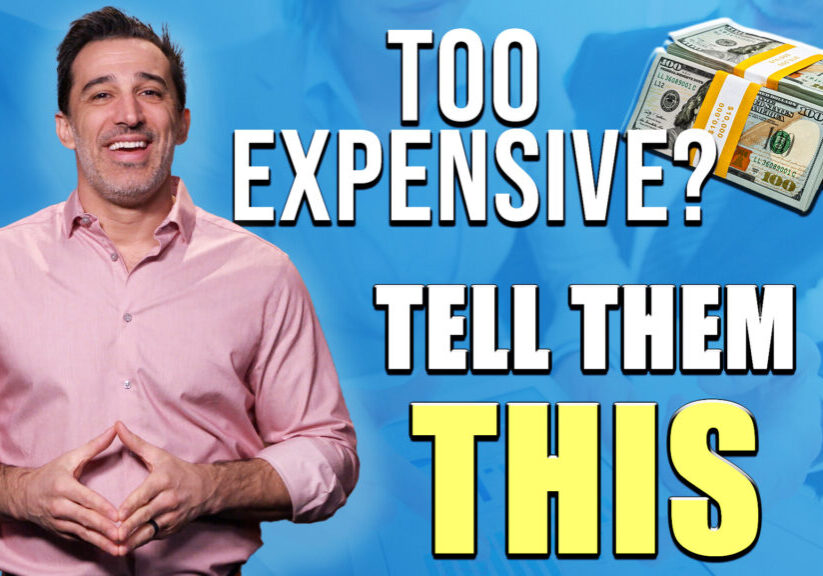
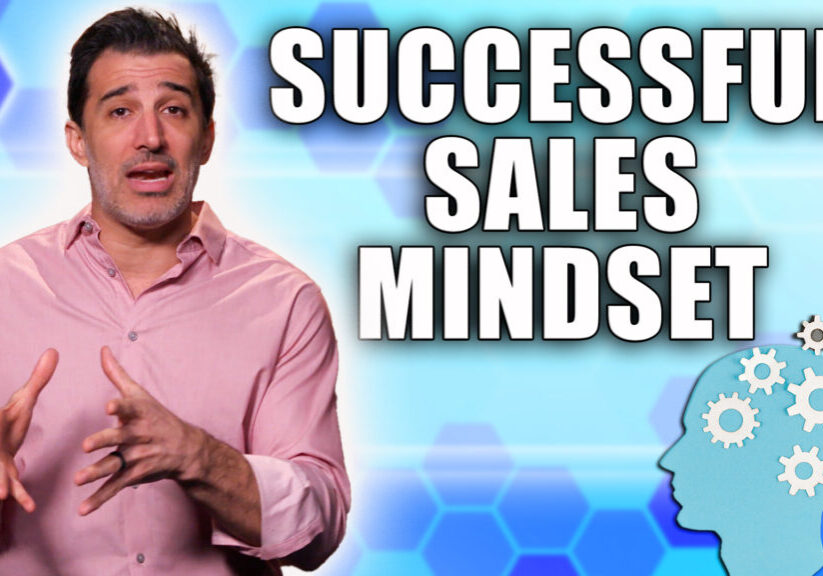
![How-to Sell to Power [C-Suite Sales Must-Knows!] How to Sell to Power [C-Suite Sales Must-Knows!]](https://salesinsightslab.com/wp-content/uploads/bb-plugin/cache/How-to-Sell-to-Power-C-Suite-Sales-Must-Knows-1024x576-landscape-7a52c541b28a7b772ad9e1010d8240be-.jpg)

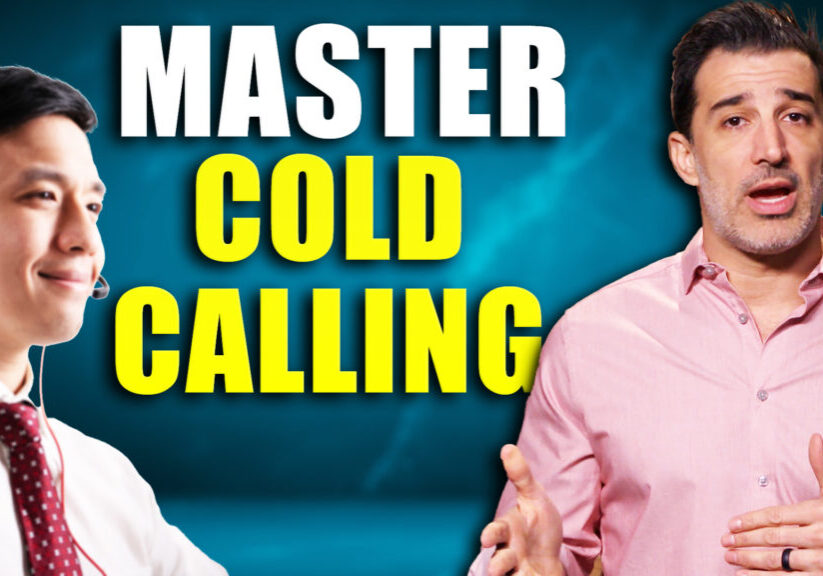
![The Absolute Best Way to Start a Sales Conversation [WITH ANY PROSPECT] The Absolute Best Way to Start a Sales Conversation [WITH ANY PROSPECT]](https://salesinsightslab.com/wp-content/uploads/bb-plugin/cache/The-Absolute-Best-Way-to-Start-a-Sales-Conversation-WITH-ANY-PROSPECT-1024x576-landscape-be9d9379ab94d9f71b5bfeed42246a84-.jpg)